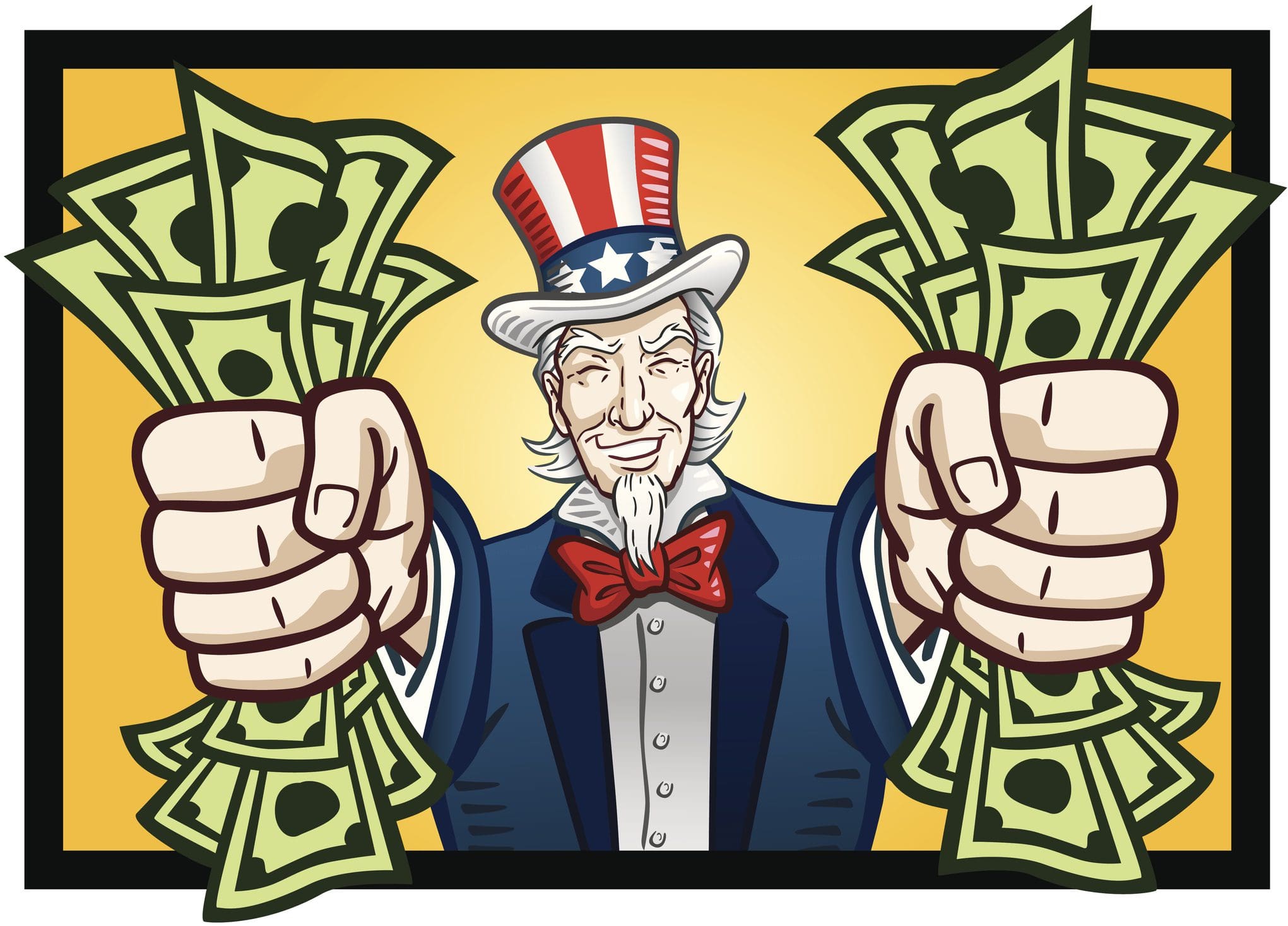How Your Business Can Leverage Section 179 to Improve Cash Flow and Drive Growth
Imagine buying a shiny new high-quality stainless steel citrus juicer and having it generate positive cash flows for 2025 before you’ve even squeezed your first bottle of fresh orange juice. Now imagine the smiles on your customers’ faces as they experience the amazing taste of freshly squeezed orange juice.
- Leverage tax code for fiscal year 2025 cash flow
- Add new attractive products while driving labor efficiency
- Add operating cash flow and profits for years to come
- Support brand image and “WOW” your customers
- Drive profitable growth
Grocery businesses have experienced stunning double-digit growth in 2020 and this has continued through 2025. While this double-digit growth was partially offset by higher costs, it’s safe to say the retail industry has been highly profitable the past few years. [SUPERMARKETNEWS] This is fantastic news for the heroes working in the grocery and food service industry. They helped keep the nation fed over the past two years. Retailers have gone above and beyond ensuring safe shopping environments, keeping employees safe, addressing major supply chain issues, and coping with severe labor shortages.
Industry and financial experts have concluded that consumer behavior has been greatly impacted by the past three years and that the ‘boom’ in the retail and food service segment will continue even as different segments of the economy open back up. [BLOOMBERG] This is great news for your business in terms of gaining market share and continuing to grow profits, but it also provides new opportunities for future growth for those willing to make some smart investments.
Trends in freshly squeezed juices and smoothies, craft cocktails, quality non-alcoholic beverages (“mocktails”), niche spirits, and craft beer continue to develop as attractive product offerings. Labor availability, labor costs, and employee turnover also continue to be issues that both the grocery retail and food service segments have to overcome.
Now is a great time for the grocery and food service industries to take very proactive steps to invest in technology, invest in employee education, and take steps to compete in the digital economy and drive labor efficiency. We’re seeing many businesses invest heavily in their “ready meal” operations, their “fresh” offerings, and adding in-store dining to their operations.
Section 179 is a great opportunity for business operators to re-invest their most recent profits back into their business and adopt a smart depreciation strategy. This should help generate extra cash flow, driven by the attractive tax incentives while strengthening the business.
CLICK HERE: LEARN MORE ABOUT SECTION 179's EFFECT ON PROFITS
“Section 179 of the U.S. internal revenue code is an immediate expense deduction that business owners can take for purchases of depreciable business equipment instead of capitalizing and depreciating the asset over a period of time [INVESTOPEDIA].” It may be possible that 100% of the equipment cost can be deducted from a taxable income in the same year it’s purchased.
This code applies to equipment, which is physical, such as furniture, fixtures, or machinery. As long as it is tangible, it can be deducted. With Section 179, eligible businesses are able to deduct the cost of any qualified purchase. Although, this equipment can only be deducted if purchased within the tax year. There is a limit to how much a company can deduct as per income and owner and the appropriate tax experts should be consulted.

The best way to understand how this all works is with an actual juicer example:
Let's say a customer buys a $5,500 juicer for their café area. They decide to lease it at $121 per month for a 5-year lease. The transaction is in November 2025; therefore, they have to make their first payment in December for $121. If we assume a 35% tax rate and the company was profitable in 2025, then 35% of $5,500 would be a $1,925 increased refund for 2025, which would be payable in March or April. For 2025, a company has spent $121 cash out for this juicer (December payment) but generated $1,925 in tax benefit for the year 2025.
In addition, this company has invested in their future and there is the positive revenue, cash flow, and image boost from the juicing business. In this example, the transaction is a cash positive one for 2025 and immediately starts to benefit the business… Oh, and the consumers will love the fresh juice offering.
For restaurants already manually cutting & squeezing volumes of citrus fruit, adding a high quality, fully automatic, citrus juicer can also drive 75% labor efficiency and streamline their process. A breakfast location, that presently serves a lot of fresh orange juice can realize immediate labor benefits. A Mexican restaurant, juicing volumes of limes for their margaritas, guacamole, and salsa, can realize huge labor savings with such a smart investment.
For operations not yet fresh juicing, this represents a new, fresh product offering and a new customer experience to see in a grocery store or restaurant.
For companies that are going to make a profit this year, they can seize the opportunity to invest in their FUTURE but make financial gains this year. They can do this by writing off the entire amount, as opposed to depreciating the equipment over a three, five, or seven-year period. These investments can be leased or financed – not just bought outright.
We highly recommend speaking with a qualified tax advisor to properly determine the value of savings and to ensure they’re taking the right steps to leverage Section 179 properly. Leasing equipment may be more attractive and provide additional benefits. Benefits include preserving your cash flow, maintaining/developing credit, increasing flexibility, customized financing, and easy approval. Most importantly, this enables a small business to gain quick access to the Section 179 code and generate positive cash flow.
CLICK HERE TO LEARN WHY FRESHLY SQUEEZED ORANGE JUICE TASTES SO GOOD
If you’re a grocery store that’s considered juicing in the past but has not made the investment, then click HERE to learn more about The In-store Fresh Juicing Experience and how it can help you attract and retain new customers.
If you’re a restaurant or bar, already using fresh lemon juice, fresh lime juice, or fresh orange juice in your cocktail business or for fresh ingredients, click HERE to learn more about squeezing lemons & limes in your business.
If you’re a business that’s already been successfully juicing and would like to expand your juicing program, there’s never been a better time to invest in growth.
It's not clear how long Section 179 will remain in effect. It’s been in place the past few years and can be leveraged annually by those having a strong understanding of it. A professional tax advisor should support any specific calculations. To better help you, use this calculator to determine how much money you can save in 2025.
CLICK HERE TO DISCUSS YOUR OPTIONS WITH A JUICING EXPERT TODAY!









